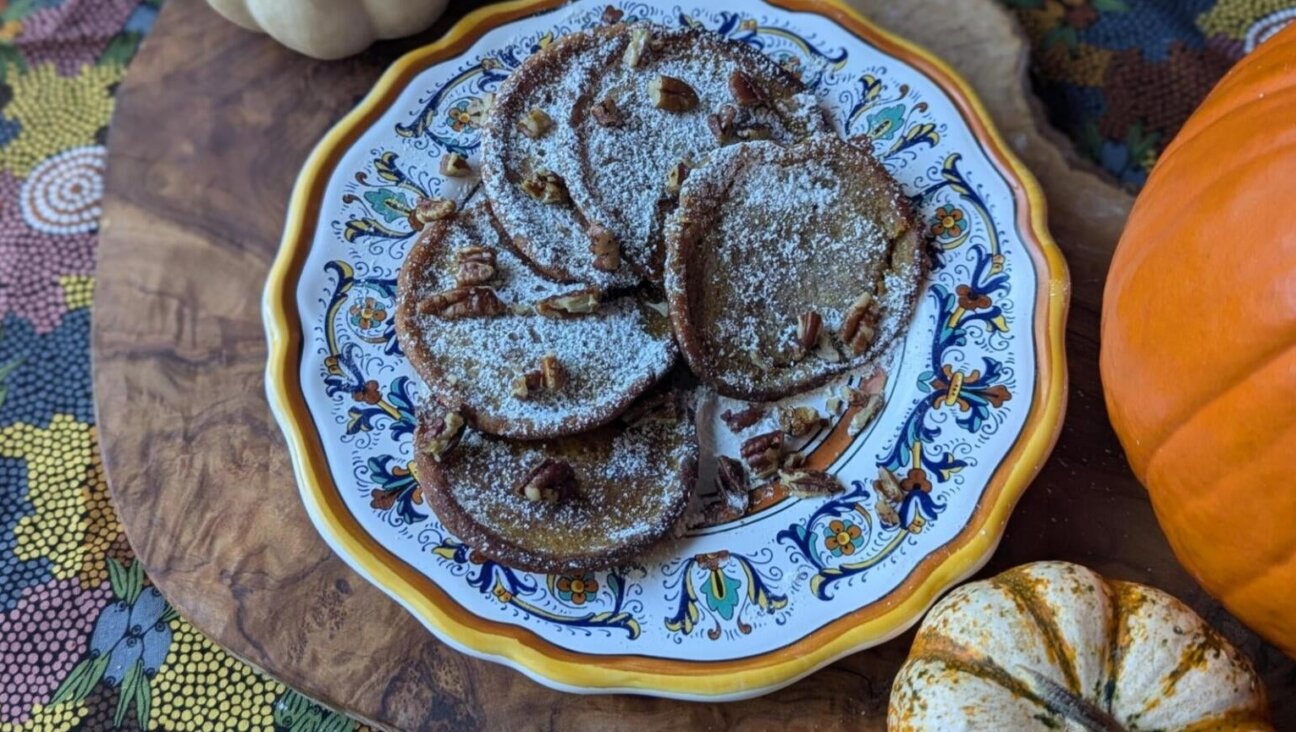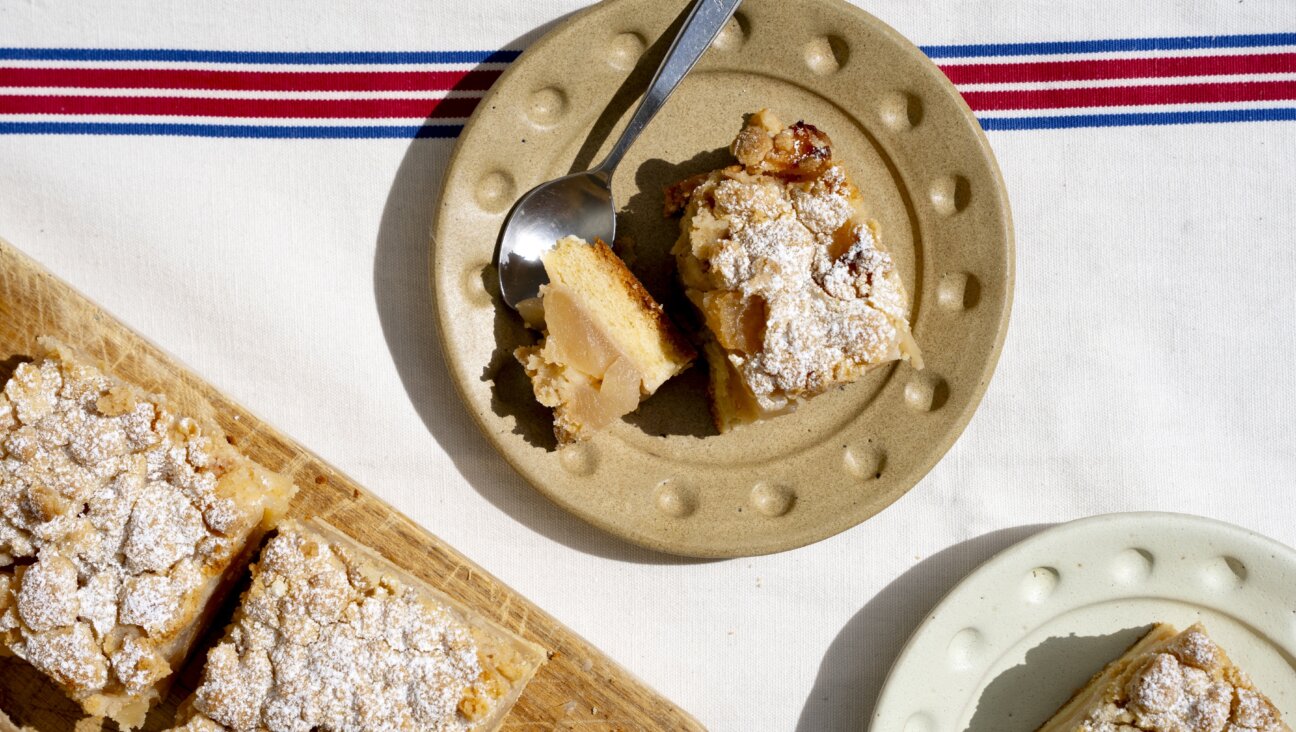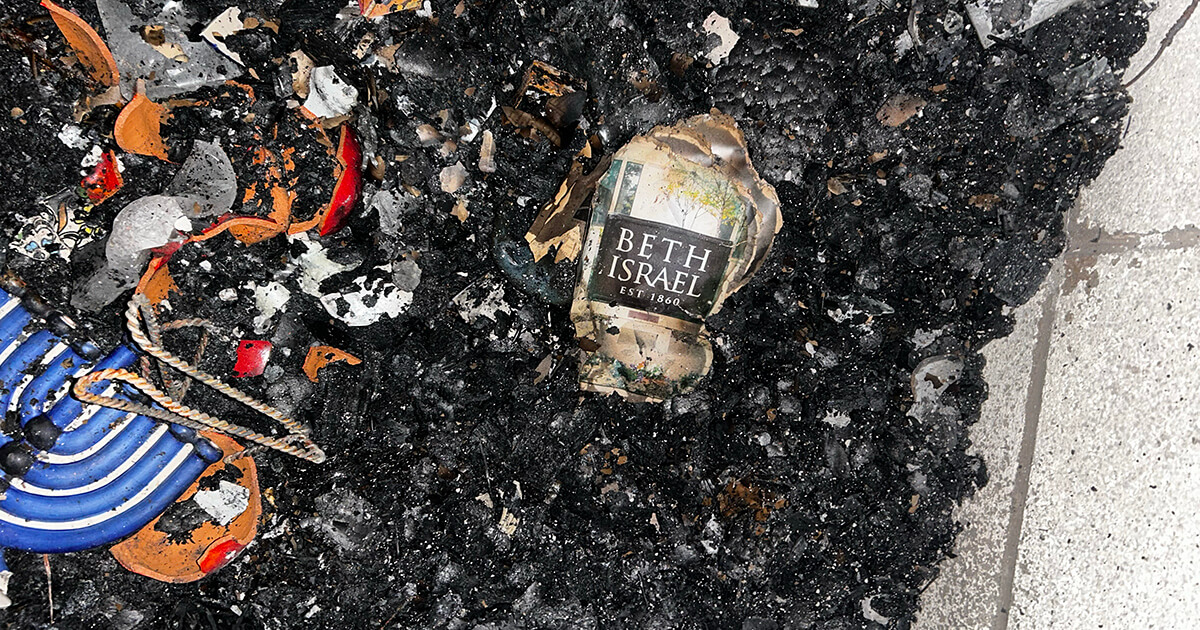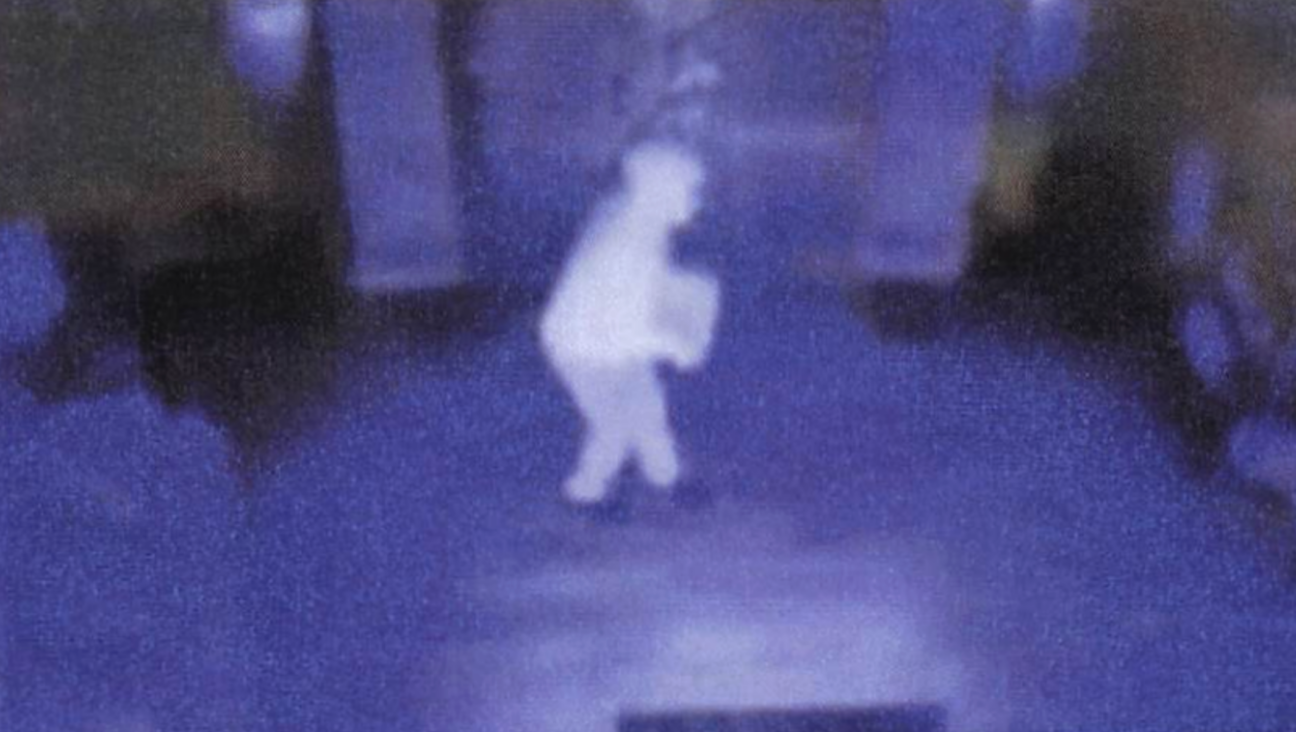Ancient Rice Offering Is the Heart of India’s Jewish Community

Image by Shulie Madnick
Most foods of Jewish ritual are well known to the larger Jewish community. The entire seder is focused around a series of symbolic foods that are familiar to almost all Jews. However, the foods of smaller and lesser known Jewish communities around the world are often lost as their numbers dwindle and dishes are prepared less and less.
At the core of the Bnai Israel Jewish Indian community is the Malida, both a dish and a ceremony surrounding the food, that are essential to the group of nearly 60,000 in Israel and a few thousand living in India. The dish of sweetened, moistened, parched (dried) and flattened rice is prayed over, and like offering at the temple mount and traditions of Hindus offering food at local Indian temples, is offered to God. The dish is served and celebrated during many happy occasions such as wedding henna ceremonies, engagement parties, housewarming parties and when blessings for bon voyage, safety or good health are wished upon.
The sweetened and flattened rice, mixed with coconut flakes, flavored and scented with cardamom, and garnished with almonds and pistachios, is served as a heaping mound, on a large thali (large round Indian stainless steel dish) and adorned with five fruits. Traditionally, the fruits are banana, orange, apple, date, and pear, although they can be replaced by other seasonal fruit. Some families use seven fruits. The heaping thali is then decorated with roses or rose petals, and depending on the lifecycle event that is being celebrated, and the day of the week, it might be decorated with cloves (besamim, or aromatic spices) and served at the ceremony. A handful of Malida along with sliced fruit and a date are then disbursed to all guests after the blessings.
The ceremony, which is led by a cantor, is also called the Eliyahu HaNavi ceremony as the prophet Elijah is considered the guardian prophet of the community. Legend has it he rescued the few who escaped after the destruction of the second temple in Jerusalem and were washed ashore on the Konkan Coast in the State of Maharashtra on the west coast of India, just south of Mumbai (Bombay). The Eliyahu Hanavi melody is sung and blessings over the fruit from the tree and from the earth are recited during the ceremony.
There are few accounts on the origin of the Malida dish and custom. Some say the custom predates to the time of the first holy temple in Jerusalem. The Israelites would bring parched and flattened wheat grains as an offering to God at the temple in Jerusalem. The rendition eaten by Bnei Israel is an adaptation made with Poha, a common Indian parched and flattened rice.
Many in India are familiar with widespread savory versions of Poha. Some versions of this sweet dish are mixed with wheat and semolina and made into bread, others are served flaky and cereal like. The dish is enjoyed by local Muslim families on joyous occasions as well.
I have preserved this heirloom recipe along with Indian Jewish old world tales and culture for my son. I feared that if I did not, they would be lost as traditions are abandoned and the already small community of Bnei Israel dwindles.
Malida — Sweetened Poha
4 cups Poha (Poha can be found at local Indian grocery shops. Patel Bros is a well known Indian grocery store chain)
1/2 cup sugar
1/2 cup unsweetened coconut flakes
5-10 cardamom pods, shelled and ground
Handful golden raisins (optional)
Cut up slices of apple, pear, orange, banana and a date. In summer as you can see from photo I use in season as in this case stone fruit.
Garnish:
Handful raw almonds, blanched, peeled and sliced (optional)
Handful raw pistachios, shelled, blanched, peeled and sliced (optional)
Or
Handful each of crushed roasted almonds and crushed roasted pistachios
Cook’s Note: I make the dish at home and serve it at tastings, without nuts, and everyone loves it. Also keep in mind these are suggested measurements. If you like it sweeter, add sugar. Feel free to adjust measurements to your taste. I have Malida as a breakfast cereal or as a lightly sweetened dessert or a snack along my afternoon tea.
1) Immerse Poha in cold water for four minutes until softens. Keep in mind some like it al dente, crunchy. Be sure not to over soak them as they will turn mushy and the flakes will lose their silhouette.
2) Run through a large sieve to drain all water out and press on top lightly to rid of excess water.
3) In a large bowl, add the drained Poha and sugar, and flake with a fork or your fingers to fluff the mixture.
4) Important: Add the sugar immediately so it will blend in smoothly and not remain grainy.
5) Add the cardamon and coconut and raisins (raisins are optional) and mix well.
6) Note: I only use my hands or a fork to keep the integrity of the shape of the flake and mix lightly.
7) Garnish with nuts and top with sliced fruit and a date.
8) Keep refrigerated until serving. Can keep in refrigerator for a few days.
Usually served at room temperature but can be served cold as well as leftovers.
















